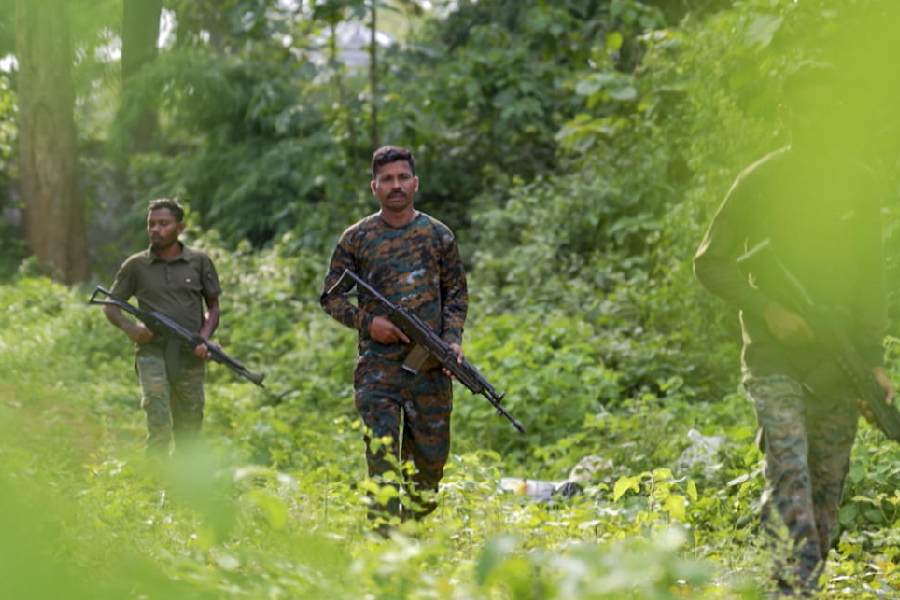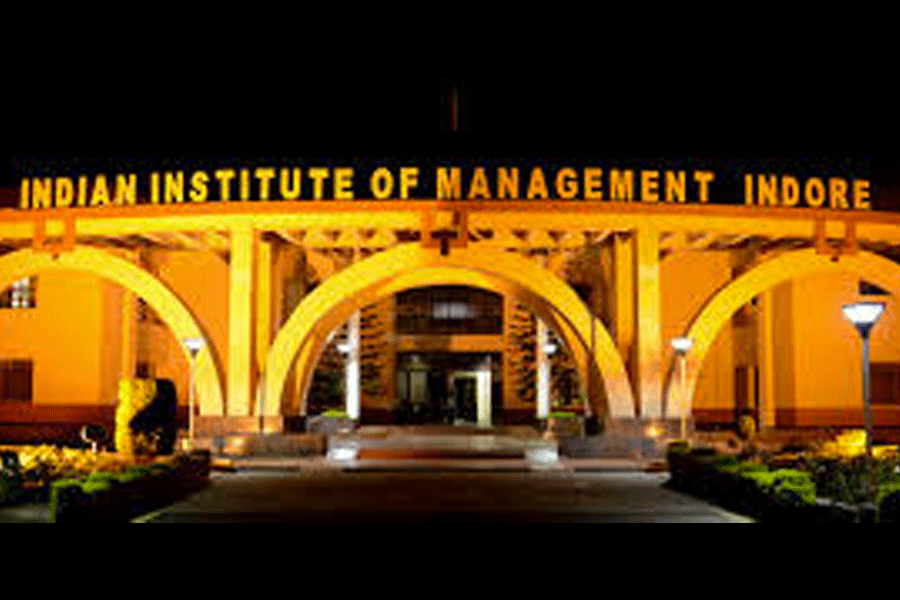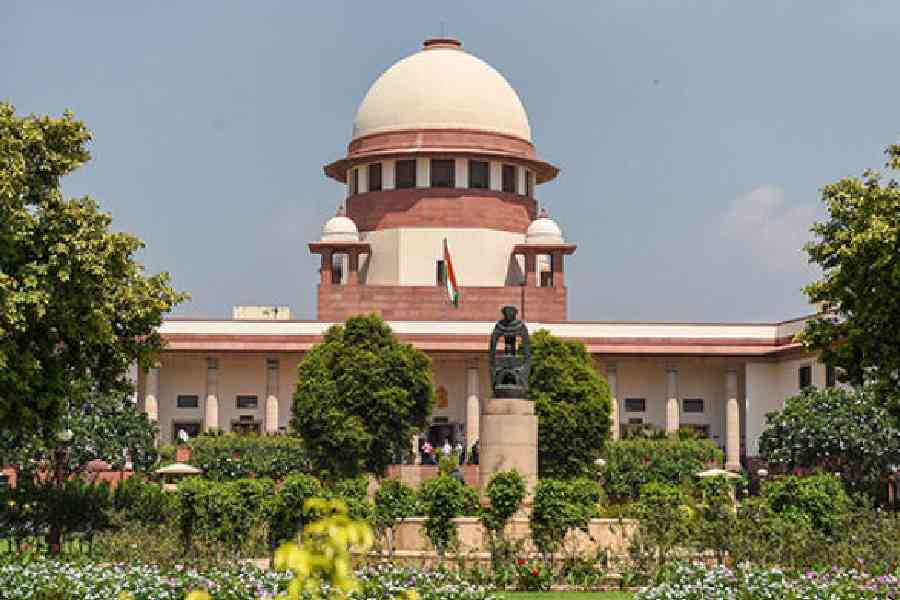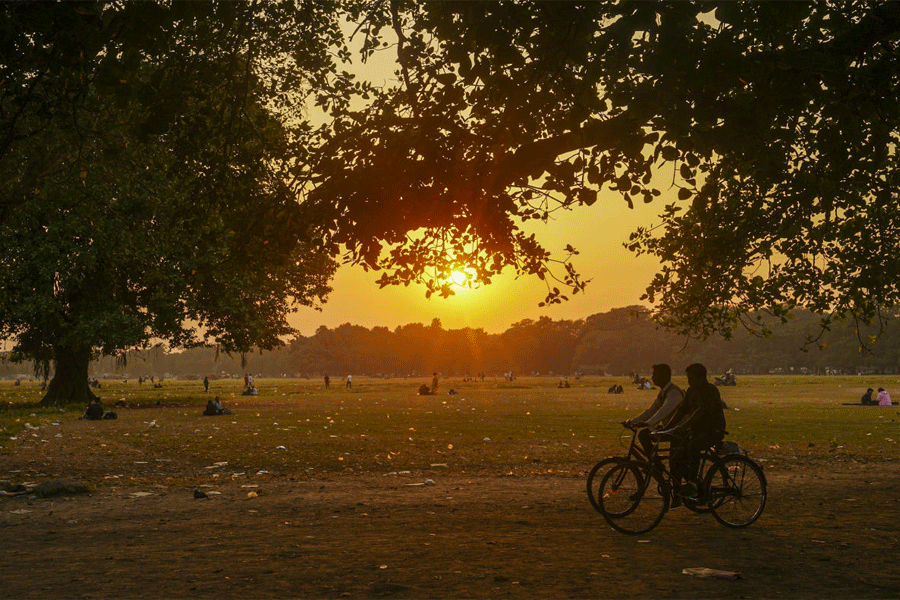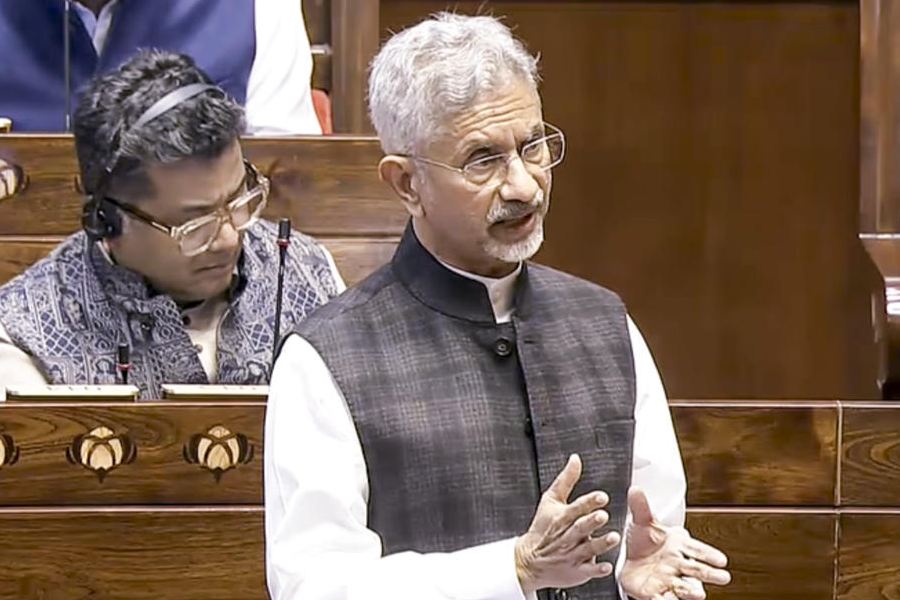Union home minister Amit Shah on Thursday declared that the Abujhmarh forest, once a Maoist “liberated zone” where security forces feared to tread, was now “free from Naxal terror” along with north Bastar in Chhattisgarh.
He warned the rebels to surrender or face bullets and reaffirmed “our fierce resolve to decimate Naxalism before the 31st of March 2026”.
Shah announced that 170 Maoists had surrendered in Chhattisgarh on Thursday, a day after 27 had laid down their arms in the state and another 61, including a top leader, in Maharashtra.
Spread over 3,900sqkm, the Abujhmarh forest in Bastar Lok Sabha constituency is larger than the state of Goa. It’s where senior Maoist leaders, including many of its central committee members and zonal commanders, had set up a command hub along with weapons dumps, rations stores and arms training camps since the 1980s.
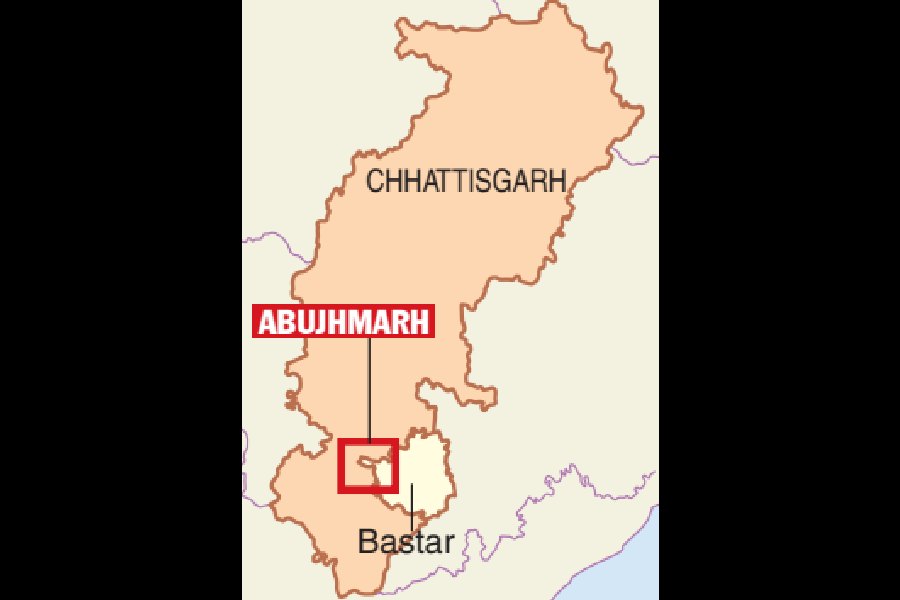
“It is a matter of immense pleasure that Abujhmarh and North Bastar in Chhattisgarh, that were once terror bases, have today been declared as free from Naxal terror,” Shah said in a post on X.
“Now a trace of Naxalism exists in South Bastar, which will be wiped out soon by our security forces.”
He added: “Since January 2024, after the BJP government was formed in Chhattisgarh, 2,100 Naxalites have surrendered, 1,785 have been arrested, and 477 have been eliminated.”
A security official attached to Shah’s ministry said that the Abujhmarh forest, ringed by hills, was once “totally inaccessible” to the security forces.
“In the absence of administration and basic infrastructure in the area, it was an uphill task for the forces to even enter the jungles,” he said.
However, the forces launched a fierce offensive against the Maoists across Chhattisgarh last October. They made repeated inroads into Abujhmarh since January this year, killing over 300 Maoists, including keyleaders.
Using drones to secure real-time imagery, the forces moved deeper into the forest and set up forward bases and camps, restricting the rebels’ movements.
Shah lauded the surrendered Maoists for renouncing violence and “reposing their trust in the Constitution of India”.
“Our policy is clear: those who want to surrender are welcome, and those who continue to wield the gun will meet the wrath of our forces,” he posted on X.
On Wednesday, the home ministry had announced that the number of districts in the country severely affected by Maoism had been brought down from six to three: Bijapur, Sukma and Narayanpur, all in Chhattisgarh.
It had said the overall number of Maoist-affected districts had fallen from 18 to 11.
These 11 are Bijapur, Dantewada, Gariyaband, Kanker, Mohla-Manpur-Ambagarh Chowki, Narayanpur and Sukma in Chhattisgarh; West Singhbhum in Jharkhand; Balaghat in Madhya Pradesh; Gadchiroli in Maharashtra; and Kandhamal in Odisha.
In 2013, there were 126 such districts, a number that had dropped to 18 by April this year.
An Intelligence Bureau official said that the Maoists of Abujhmarh once dreamt of turning Chhattisgarh into India’s Yan’an — the Chinese city that was the fulcrum of the Chinese Revolution in the 1930s and 1940s.
“Naxalism in India is now on the verge of elimination,” he said.

